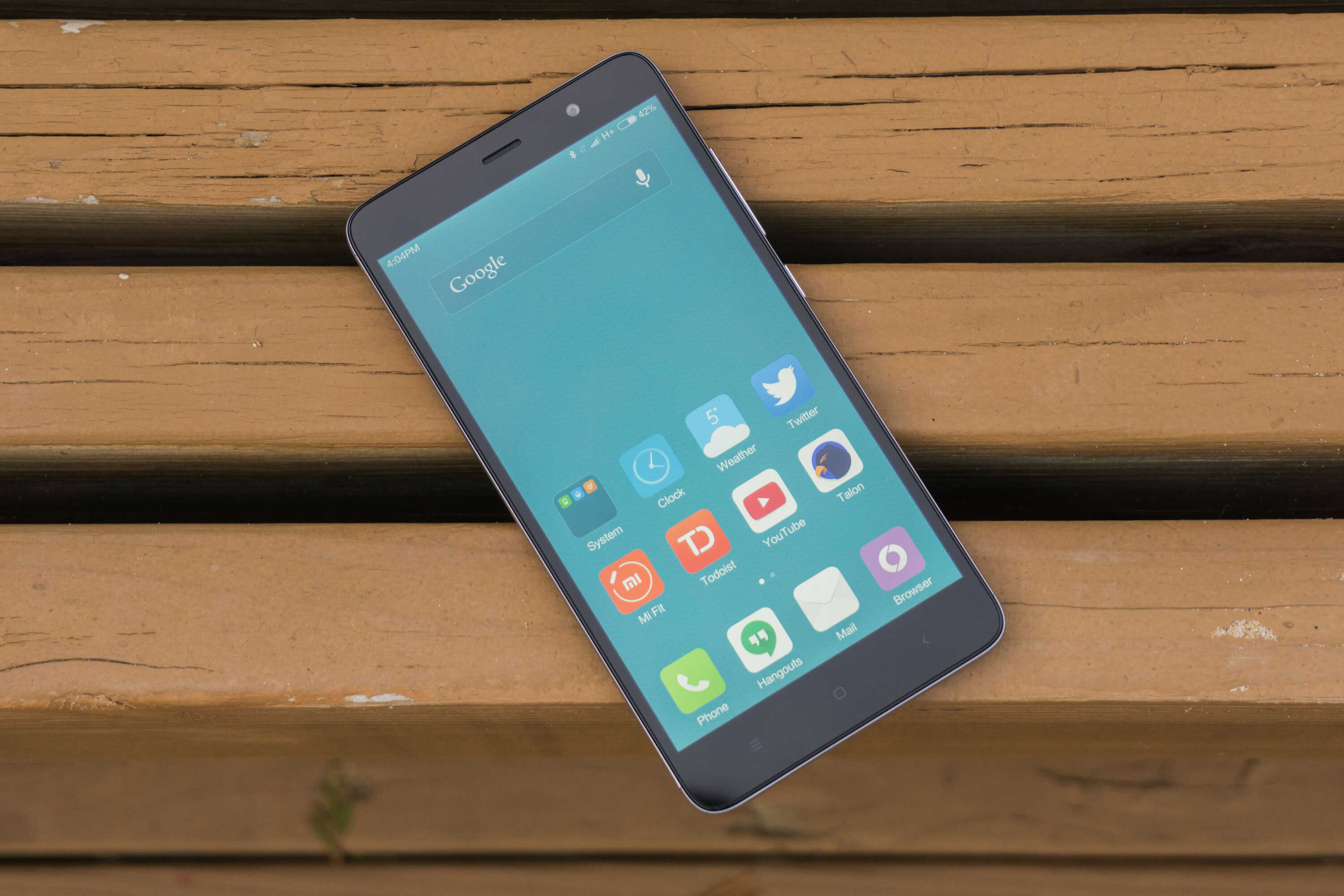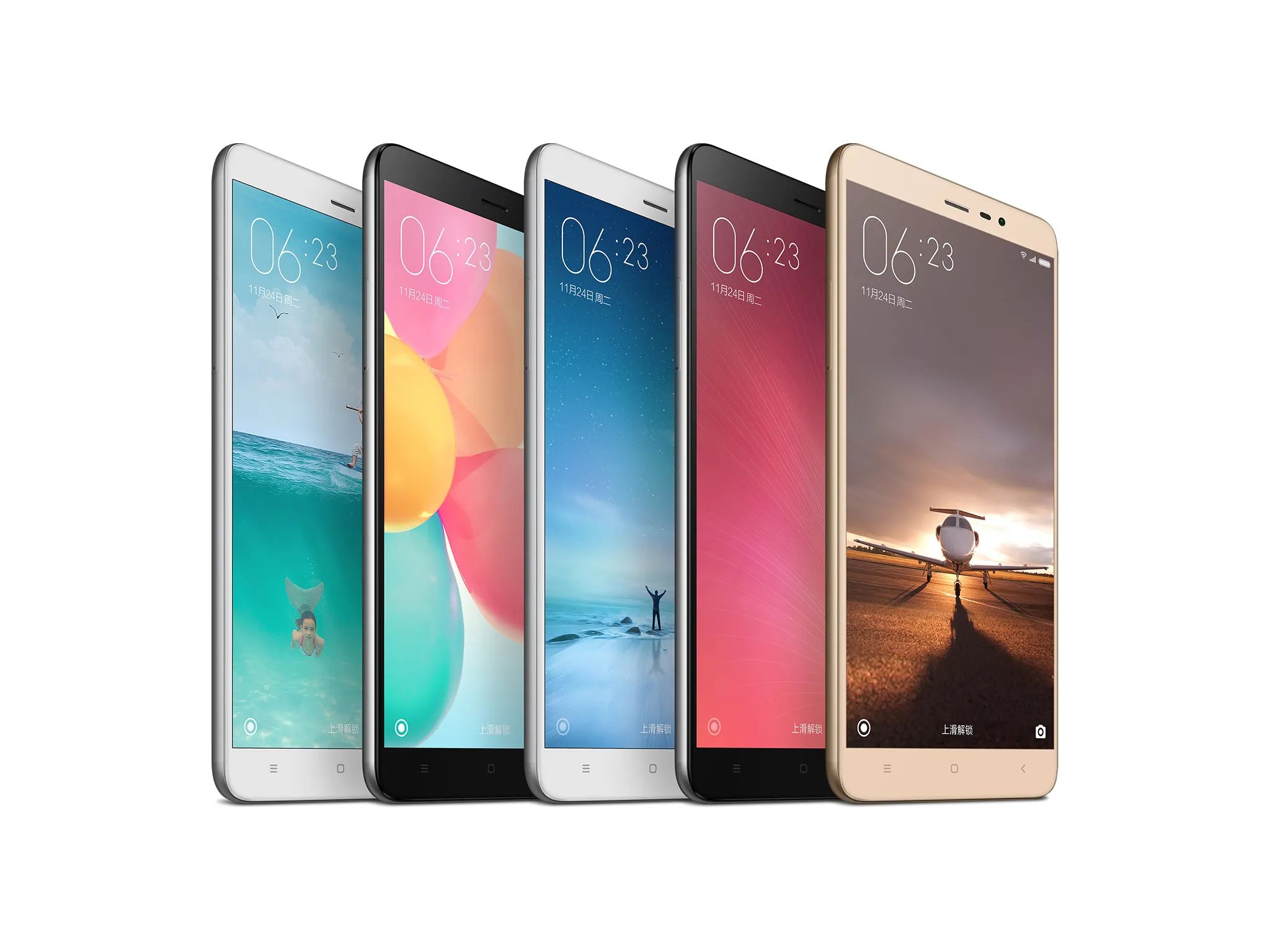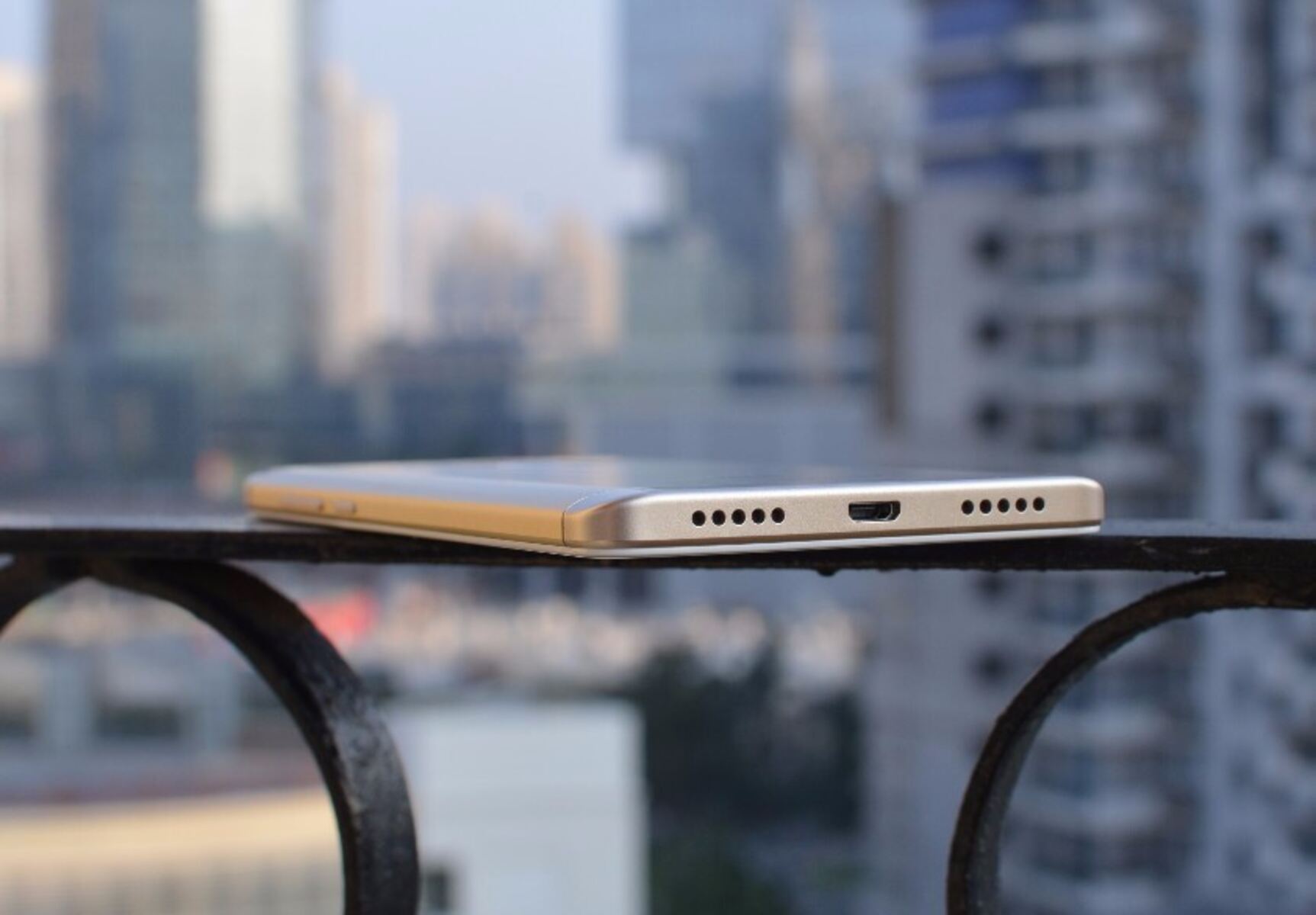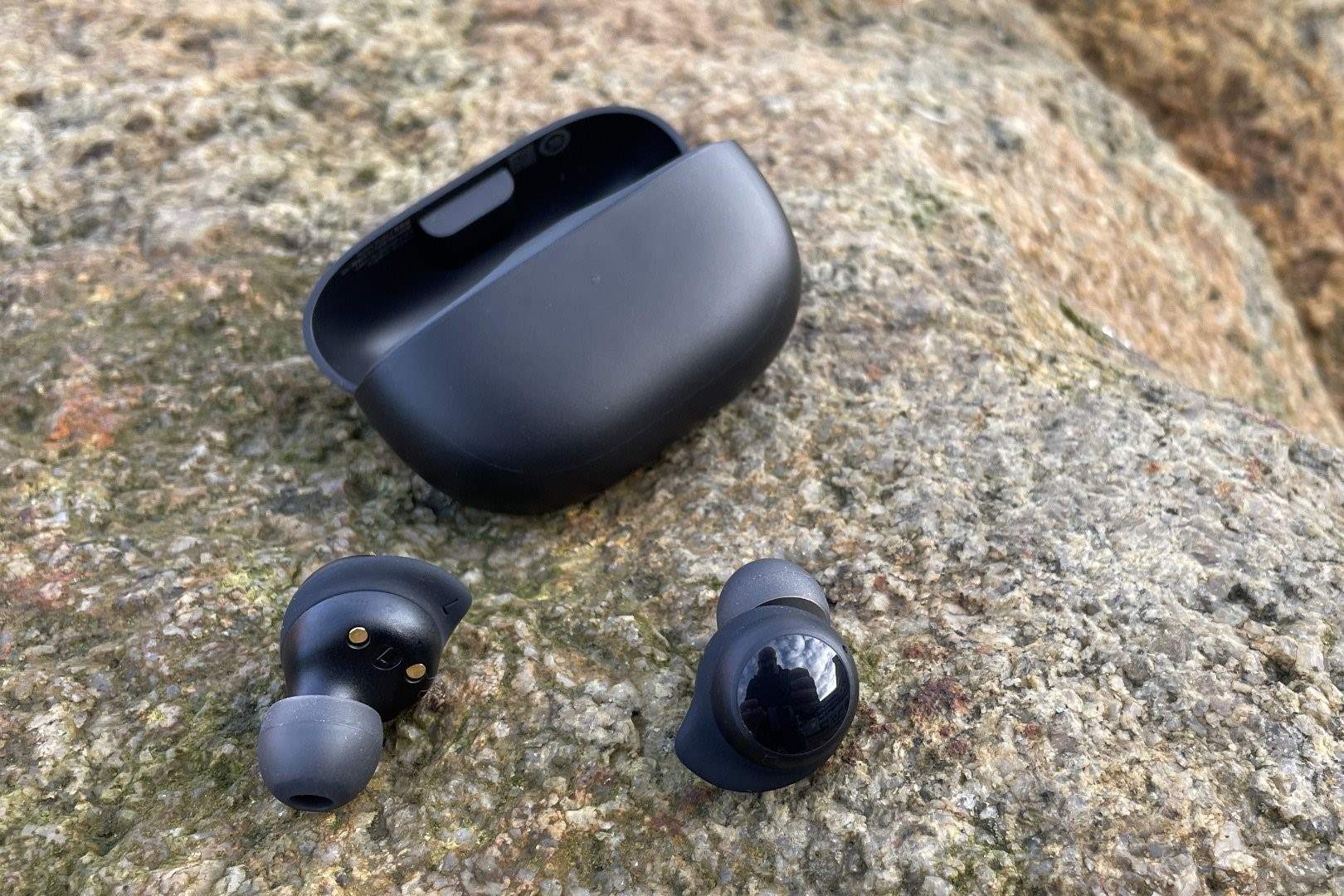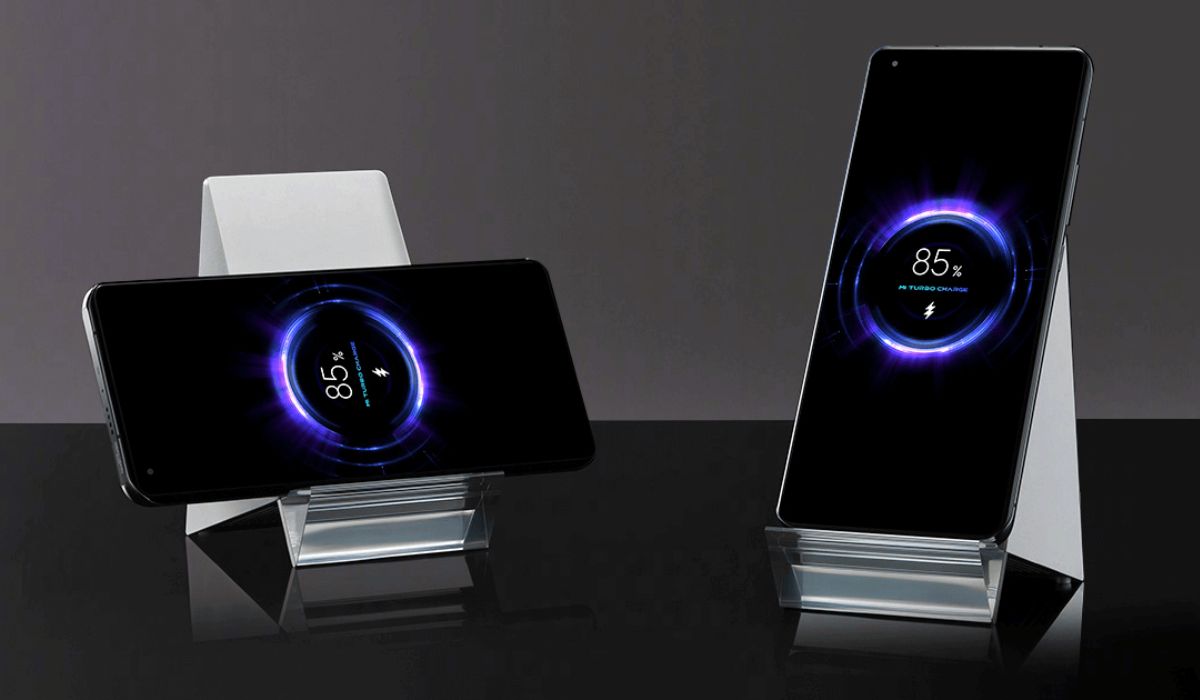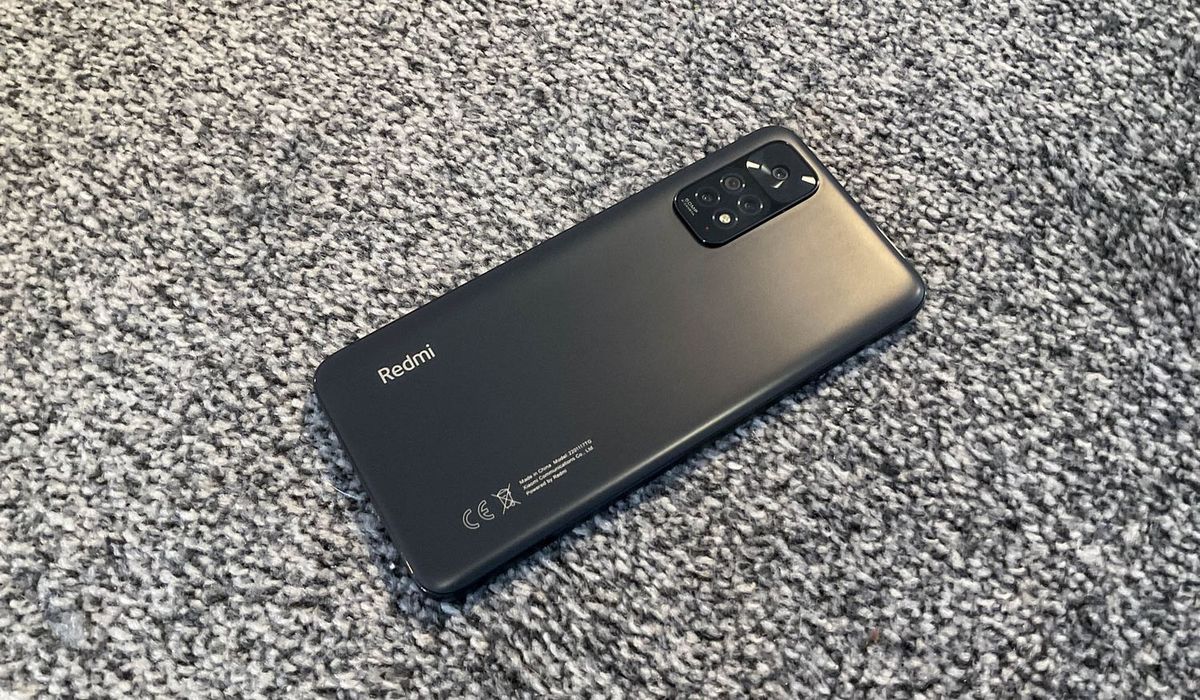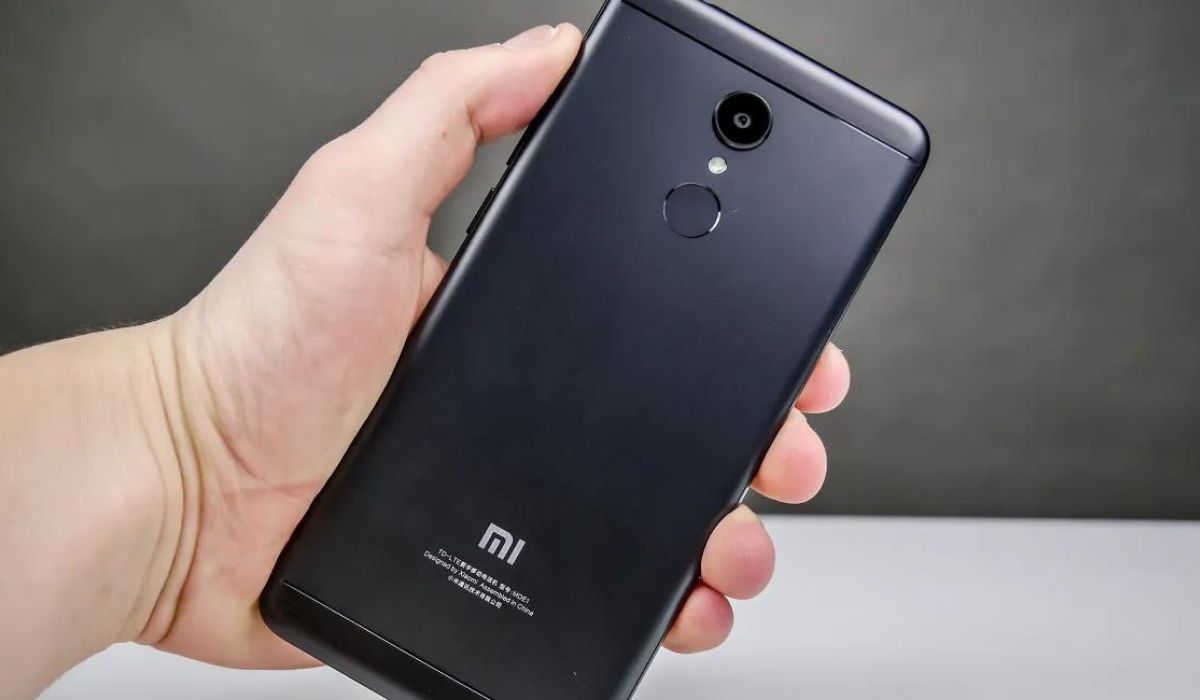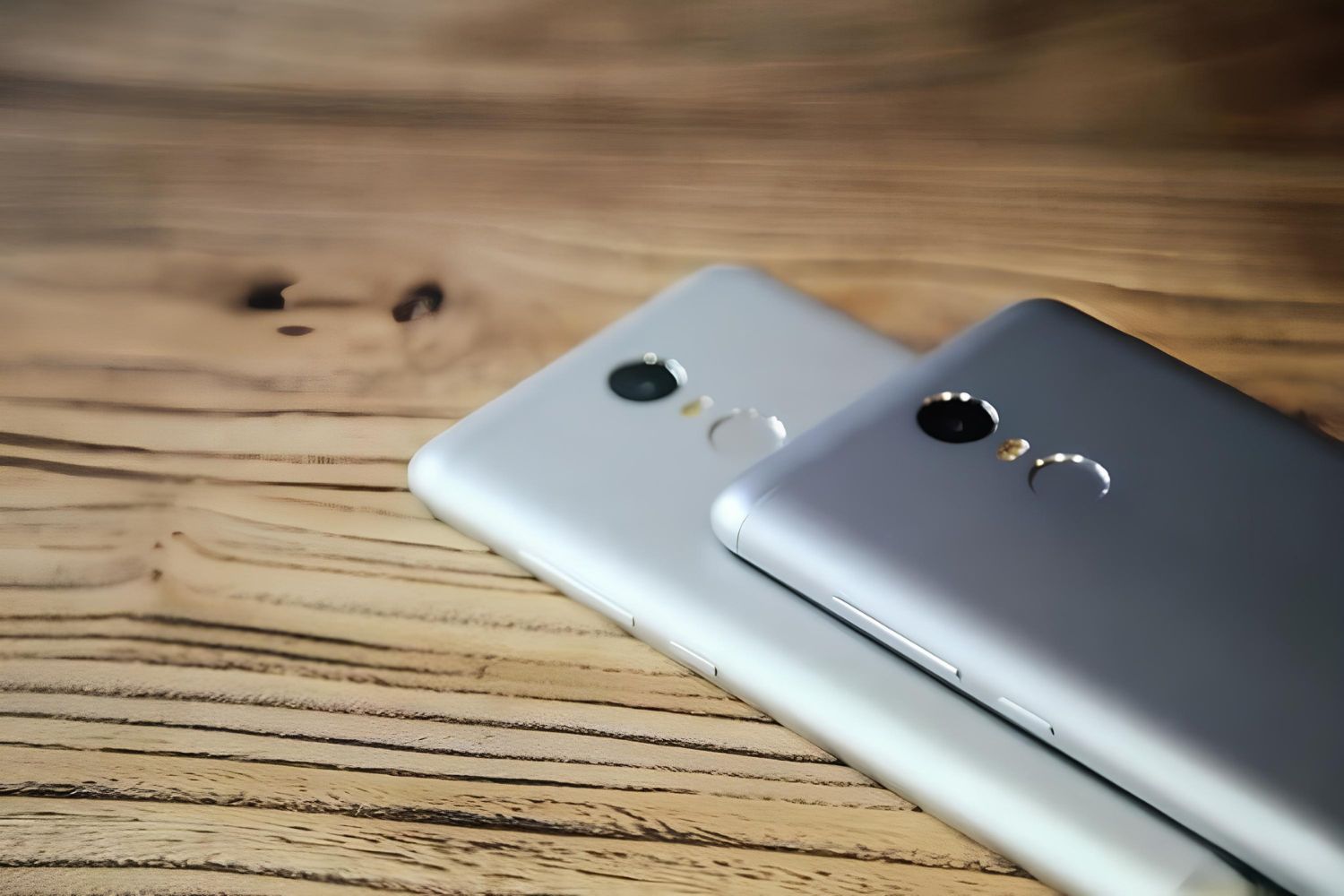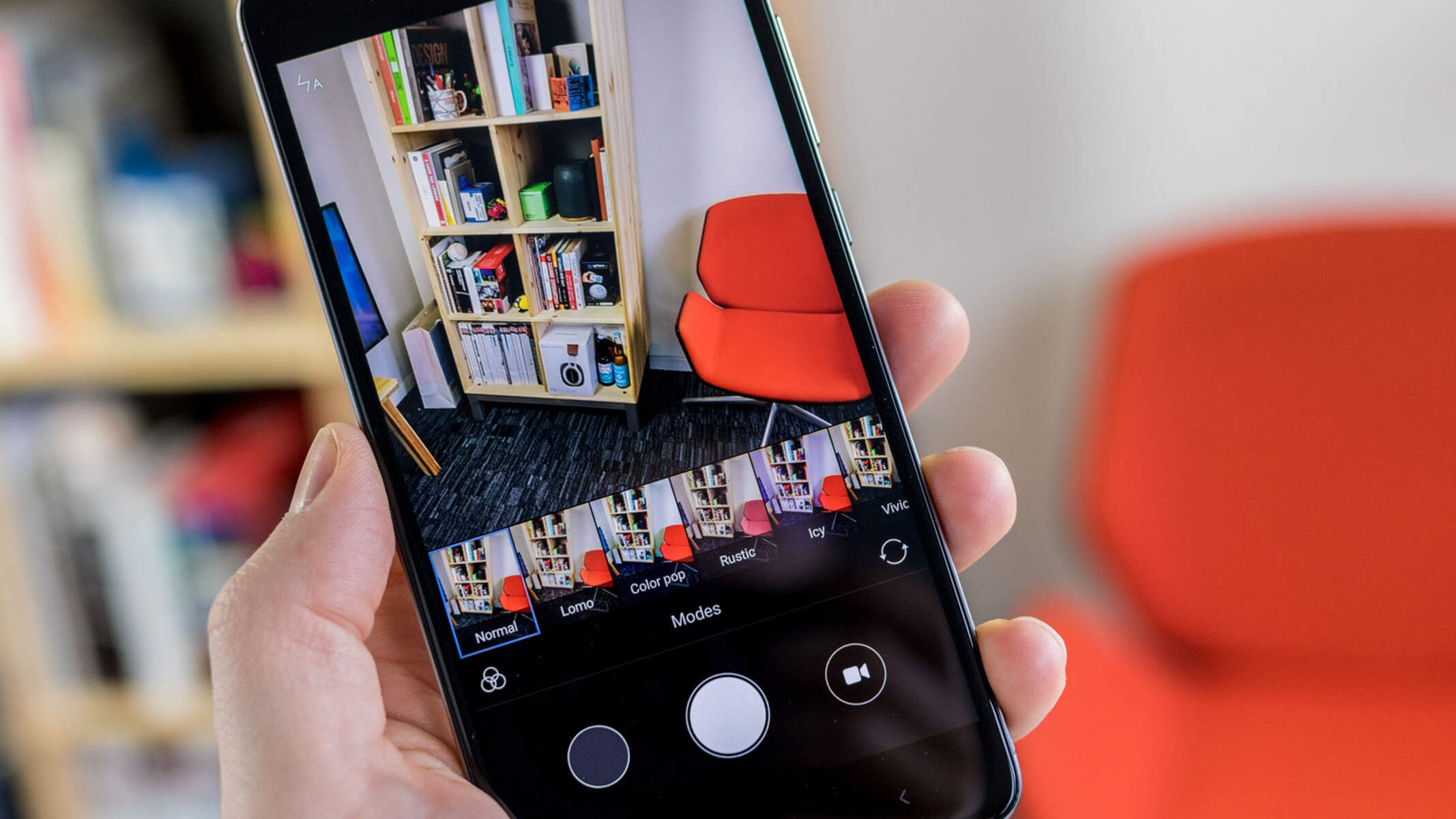Introduction
The Redmi Note 3 is a versatile and feature-packed mobile device that offers a seamless user experience. One of its standout features is the ability to connect to a wireless display, providing users with the convenience of projecting their device's screen onto a larger display, such as a TV or monitor. This functionality opens up a world of possibilities, from sharing multimedia content with friends and family to delivering presentations in a professional setting.
In this article, we will delve into the intricacies of the Redmi Note 3's wireless display capabilities, guiding you through the process of enabling and utilizing this feature to its fullest potential. Whether you're a tech enthusiast looking to explore the device's advanced functionalities or a casual user seeking to enhance your multimedia experience, understanding how to connect your Redmi Note 3 to a wireless display will undoubtedly elevate your mobile device usage to new heights.
Stay tuned as we unravel the seamless and efficient methods for enabling wireless display on your Redmi Note 3, along with troubleshooting tips to address any potential hiccups along the way. Let's embark on this journey to unlock the full potential of your Redmi Note 3 and seamlessly connect it to a wireless display for an enhanced viewing experience.
What is Wireless Display?
Wireless display, also known as screen mirroring or casting, refers to the technology that enables users to project the screen of their mobile device onto a larger display, such as a television, monitor, or projector, without the need for physical cables. This functionality allows for a seamless and convenient way to share content, including photos, videos, presentations, and even mobile gaming experiences, with a broader audience or for personal enjoyment on a larger screen.
The wireless display feature leverages Wi-Fi connectivity to establish a direct connection between the mobile device and the target display, enabling real-time mirroring of the device's screen. This capability is particularly valuable in various scenarios, such as during business meetings, educational settings, or casual entertainment purposes at home. By wirelessly projecting the mobile device's screen onto a larger display, users can enjoy an immersive viewing experience and effortlessly share content with others.
Moreover, wireless display technology promotes versatility and mobility, as it eliminates the constraints imposed by physical cables and allows for greater freedom of movement while using the connected display. Whether it's showcasing a photo slideshow, delivering a compelling presentation, or enjoying multimedia content, the wireless display feature empowers users to amplify the impact of their mobile device's screen by extending it to a larger viewing platform.
In essence, wireless display technology represents a seamless and efficient means of extending the functionality of mobile devices, such as the Redmi Note 3, by enabling users to project their screens onto external displays with ease. This capability fosters enhanced collaboration, entertainment, and productivity, making it a valuable asset for individuals and professionals alike.
As we delve deeper into the intricacies of enabling and utilizing wireless display on the Redmi Note 3, you will gain a comprehensive understanding of how this feature can elevate your multimedia experiences and expand the versatility of your mobile device. Let's explore the seamless process of enabling wireless display on the Redmi Note 3 and harnessing its full potential to connect with larger displays effortlessly.
How to Enable Wireless Display on Redmi Note 3
Enabling wireless display on your Redmi Note 3 is a straightforward process that empowers you to seamlessly connect your device to a larger display for an enhanced viewing experience. By following these simple steps, you can unlock the full potential of your Redmi Note 3 and leverage its wireless display capabilities with ease.
-
Access the Settings Menu: Begin by unlocking your Redmi Note 3 and navigating to the device's home screen. From there, locate and tap on the "Settings" icon to access the device's settings menu.
-
Select the "More" Option: Within the settings menu, scroll through the available options and locate the "More" tab. Tap on "More" to reveal additional settings and features.
-
Navigate to "Wireless Display": Upon entering the "More" section, look for the "Wireless Display" option. This setting allows you to configure and manage the wireless display functionality on your Redmi Note 3.
-
Enable Wireless Display: Once you have accessed the "Wireless Display" option, toggle the switch to enable this feature. By doing so, you are activating the wireless display capability on your Redmi Note 3, allowing it to establish connections with compatible external displays.
-
Scan for Available Devices: With wireless display enabled, your Redmi Note 3 will scan for nearby compatible devices that can be used as wireless display targets. This process involves identifying and displaying a list of available displays to which you can connect your device.
-
Select the Target Display: After the scanning process is complete, choose the desired display from the list of available devices. This could be a smart TV, a wireless display adapter, or any other compatible display that supports wireless screen mirroring.
-
Establish the Connection: Once you have selected the target display, initiate the connection process. Your Redmi Note 3 will establish a wireless connection with the chosen display, enabling real-time screen mirroring and projection.
By following these steps, you can seamlessly enable wireless display on your Redmi Note 3, unlocking the ability to connect your device to larger displays for an immersive viewing experience. This feature empowers you to share content, deliver presentations, and enjoy multimedia on a grander scale, enhancing the versatility and functionality of your Redmi Note 3.
As you embark on the journey of connecting your Redmi Note 3 to a wireless display, the next section will guide you through the process of establishing a successful connection and leveraging the full potential of this feature. Let's delve into the seamless methods for connecting your Redmi Note 3 to a wireless display and exploring the myriad possibilities it offers.
Connecting Redmi Note 3 to a Wireless Display
Connecting your Redmi Note 3 to a wireless display opens up a world of possibilities, allowing you to seamlessly project your device's screen onto a larger display for an enhanced viewing experience. Whether you're looking to share multimedia content with friends and family, deliver a compelling presentation, or simply enjoy your favorite movies and videos on a bigger screen, the wireless display feature empowers you to do so with ease.
Once you have enabled the wireless display feature on your Redmi Note 3, the process of connecting it to a wireless display is straightforward and user-friendly. Here's a step-by-step guide to help you establish a successful connection:
-
Access the Wireless Display Settings: Begin by ensuring that the wireless display feature is enabled on your Redmi Note 3. Navigate to the device's settings menu, select the "More" tab, and then choose the "Wireless Display" option. Once you have confirmed that wireless display is enabled, proceed to the next step.
-
Activate Screen Mirroring on the Target Display: On the target display, whether it's a smart TV, a wireless display adapter, or any other compatible display, activate the screen mirroring or casting functionality. This step may vary depending on the specific display device you are using, so refer to the manufacturer's instructions for guidance.
-
Initiate the Connection: On your Redmi Note 3, access the wireless display settings and select the target display from the list of available devices. Once you have chosen the desired display, initiate the connection process. Your device will establish a wireless connection with the target display, enabling real-time screen mirroring.
-
Enjoy the Enhanced Viewing Experience: Upon successful connection, your Redmi Note 3's screen will be projected onto the larger display, allowing you to enjoy multimedia content, presentations, and more on a grander scale. Whether you're sharing photos with friends, delivering a business presentation, or immersing yourself in your favorite movies, the wireless display feature enhances the versatility and functionality of your Redmi Note 3.
By following these steps, you can seamlessly connect your Redmi Note 3 to a wireless display, unlocking the full potential of this feature and expanding the possibilities for sharing and enjoying content on a larger screen. With the wireless display functionality at your fingertips, you can elevate your multimedia experiences and seamlessly transition from your mobile device to a larger display with ease.
Troubleshooting Common Issues
While the process of connecting your Redmi Note 3 to a wireless display is designed to be seamless, you may encounter occasional issues that can hinder the successful establishment of a connection. Understanding and addressing these common issues is essential to ensure a smooth and hassle-free experience when utilizing the wireless display feature. Here are some troubleshooting tips to help you overcome potential challenges:
-
Interference and Connectivity Problems: If you experience intermittent connectivity or encounter difficulties in establishing a stable connection between your Redmi Note 3 and the target display, consider the presence of potential interference from other wireless devices or networks. To address this, try moving closer to the target display to minimize potential interference and enhance signal strength. Additionally, ensure that both the Redmi Note 3 and the target display are connected to the same Wi-Fi network, as inconsistent network connectivity can impede the wireless display functionality.
-
Incompatibility with Target Display: Not all displays support wireless screen mirroring or casting, and compatibility issues may arise when attempting to connect your Redmi Note 3 to certain displays. If you encounter incompatibility issues, verify that the target display is equipped with wireless display capabilities or supports screen mirroring via compatible technologies such as Miracast or Chromecast. Additionally, ensure that the target display is within the range of your Redmi Note 3's wireless connectivity to facilitate a successful connection.
-
Software and Firmware Updates: Outdated software or firmware on either the Redmi Note 3 or the target display can lead to compatibility issues and hinder the wireless display functionality. To address this, ensure that both devices are running the latest software updates and firmware versions. Check for system updates on your Redmi Note 3 and the target display, and install any available updates to ensure optimal compatibility and performance when establishing a wireless connection.
-
Performance and Lag Issues: If you encounter performance issues, such as lag or latency during screen mirroring, consider factors that may impact the overall performance of the wireless display connection. Close background applications on your Redmi Note 3 to free up system resources and optimize performance. Additionally, ensure that the target display is within close proximity to your device and that there are no physical obstructions that may impede the wireless signal, thereby minimizing potential performance issues.
-
Authentication and Security Concerns: In some cases, authentication or security settings on the target display may pose challenges when attempting to establish a wireless connection. Ensure that the target display's security settings, such as network authentication requirements or access permissions, are configured to allow for incoming wireless display connections. If necessary, consult the user manual or support resources for the target display to adjust security settings and facilitate a successful connection.
By addressing these common issues and implementing the troubleshooting tips outlined above, you can navigate potential challenges and ensure a seamless and successful experience when connecting your Redmi Note 3 to a wireless display. These troubleshooting strategies empower you to overcome obstacles and maximize the potential of the wireless display feature, enabling you to enjoy an enhanced viewing experience and seamlessly share content on a larger display with confidence.
Conclusion
In conclusion, the wireless display feature on the Redmi Note 3 presents a gateway to a world of seamless connectivity and enhanced multimedia experiences. By enabling wireless display functionality on your device, you gain the ability to effortlessly connect to larger displays, share content with ease, and elevate your viewing experiences to new heights. Whether you're a professional seeking to deliver impactful presentations or a casual user looking to enjoy multimedia content on a grander scale, the wireless display feature empowers you to do so with simplicity and convenience.
The process of enabling and connecting the Redmi Note 3 to a wireless display is designed to be user-friendly and accessible, allowing individuals of varying technical expertise to harness its capabilities. From accessing the device's settings menu to initiating the connection with a target display, the seamless steps involved in utilizing the wireless display feature contribute to a hassle-free experience.
Moreover, troubleshooting common issues associated with wireless display connectivity equips users with the knowledge and strategies to overcome potential obstacles, ensuring a smooth and uninterrupted connection process. By addressing factors such as interference, compatibility, software updates, performance optimization, and security considerations, users can navigate challenges with confidence and maximize the potential of the wireless display feature.
Ultimately, the Redmi Note 3's wireless display functionality transcends conventional viewing experiences, offering a dynamic platform for sharing, collaboration, and entertainment. Whether it's sharing cherished memories with loved ones, delivering impactful presentations in professional settings, or immersing oneself in captivating multimedia content, the wireless display feature amplifies the versatility and functionality of the Redmi Note 3.
As technology continues to evolve, the seamless integration of wireless display capabilities into mobile devices such as the Redmi Note 3 underscores the commitment to enhancing user experiences and fostering connectivity in diverse contexts. The ability to seamlessly transition from the device's screen to a larger display represents a pivotal advancement in mobile device functionality, catering to the diverse needs and preferences of users across various domains.
In essence, the wireless display feature on the Redmi Note 3 embodies the convergence of innovation, convenience, and user-centric design, offering a gateway to expanded possibilities and enriched multimedia experiences. By embracing this feature, users can unlock the full potential of their Redmi Note 3, seamlessly connect to larger displays, and embark on a journey of enhanced connectivity and immersive viewing experiences.







